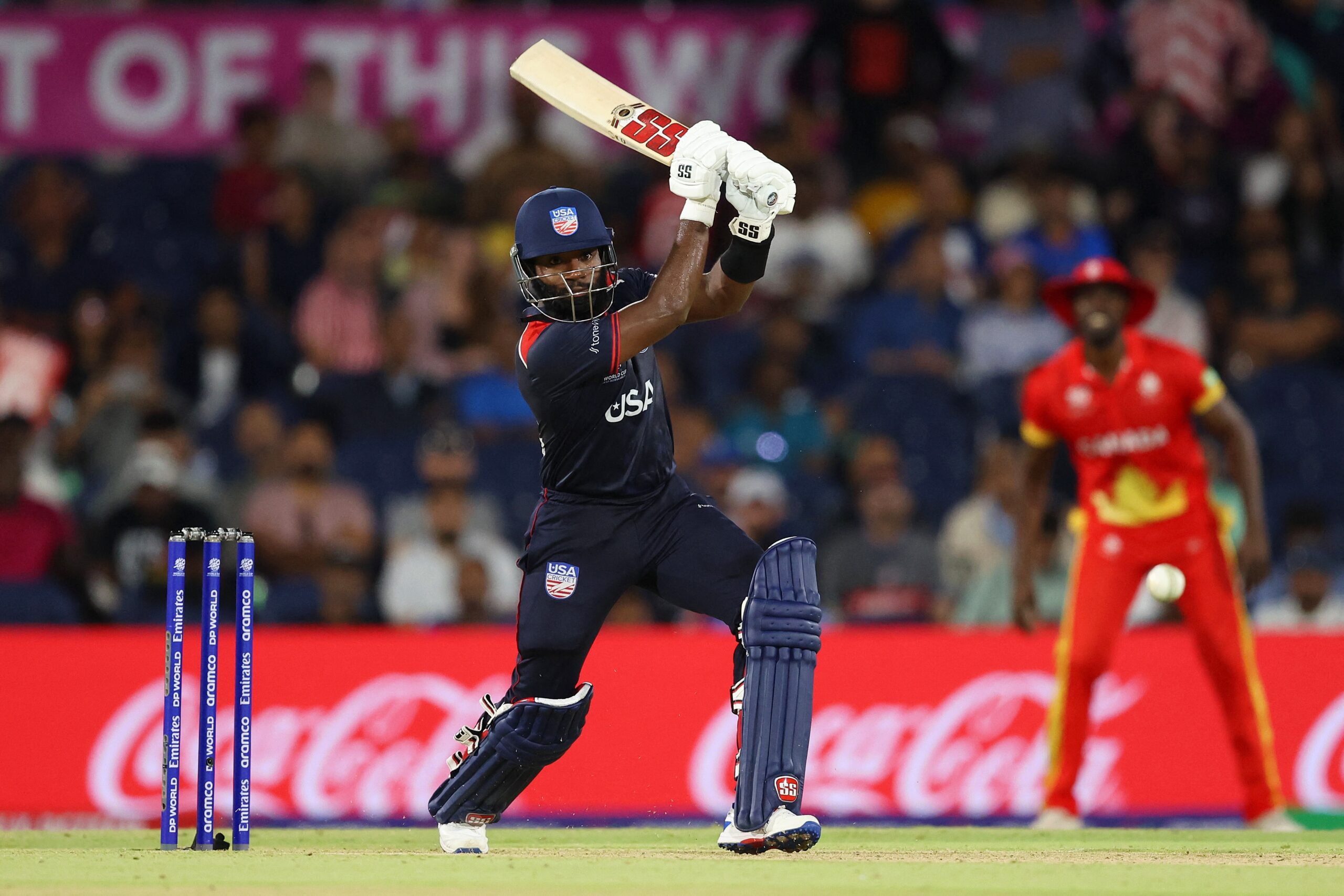Comparing the flight patterns of pairs of pigeons to a computer model, researchers found that flight paths are improved as younger birds learn the route from older birds and also make route improvements.
| Photo Credit: File photo
A new study looked at the social influences on pigeon flight routes. Comparing the flight patterns of pairs of pigeons to a computer model, researchers found that flight paths are improved as younger birds learn the route from older birds and also make route improvements, leading to overall more efficient routes over generations. Like many birds, pigeons navigate using the sun and by sensing the earth’s magnetic field. Though these senses help pigeons find their bearings, they do not usually generate the most efficient routes. The researchers compared the pigeon flight data to a computer model that prioritised four main factors. These four factors represent what might be involved in choosing a flight path with minimal cognition, including: direction to the goal, representing the bird’s internal compass; proximity to the other pigeon; the remembered route; and general consistency, since the birds are unlikely to make erratic turns.
The model demonstrates learning in both directions. As expected, the younger agent benefits from the older agent by learning the route. However, it also shows that the older agent benefits from the younger agent. Since younger agents are not following an internal route, they are more oriented to the final destination. The agents’ desire for social proximity between the two balances these draws, leading to an overall more efficient route. Additionally, these findings may be applicable to other species beyond pigeons, such as ants and some types of fish, which also make journeys based on memory and social factors.








